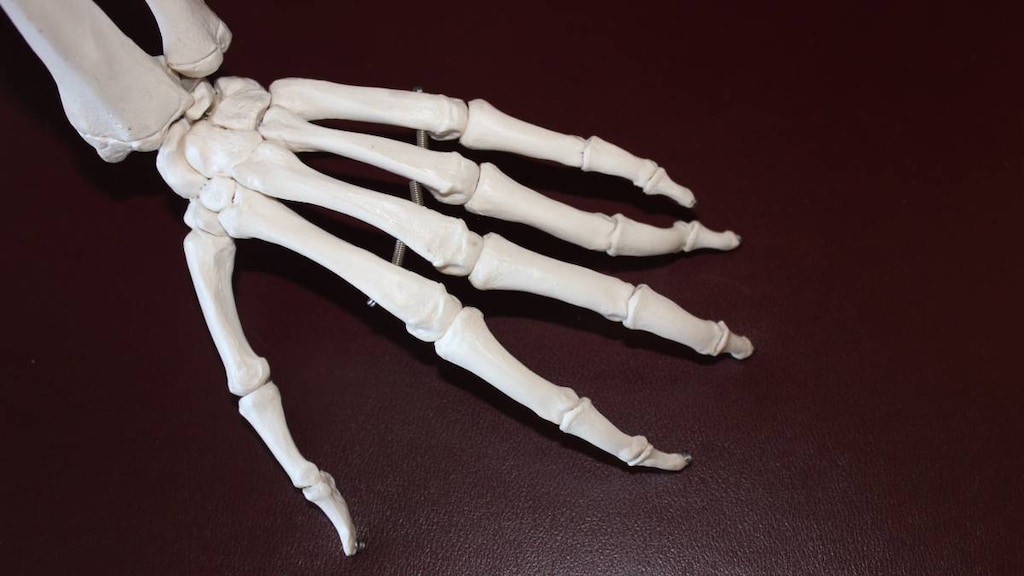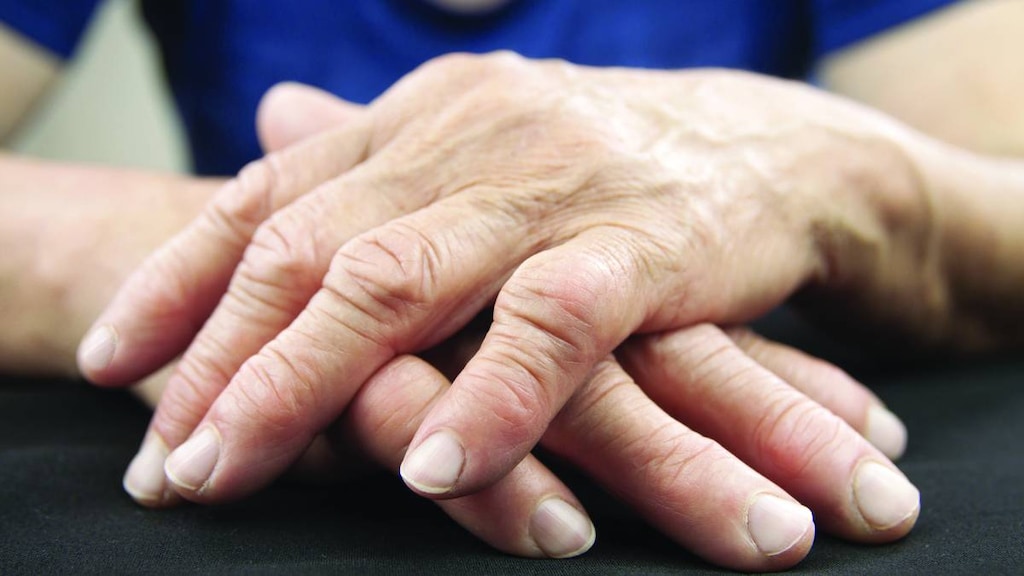Early warning signs of rheumatoid arthritis

Rheumatoid arthritis is an autoimmune disorder that commonly causes chronic inflammation in joints. Knowing the early warning signs of rheumatoid arthritis is important so that treatment can be started early and inflammation and joint damage minimized.
In rheumatoid arthritis the immune system attacks your own body, like it would an invading virus or bacteria. The attacking immune system causes the membrane that lines the joints, the synovium, to become inflamed. The inflamed areas ultimately become painful, tender, red and swollen and may be difficult to move. Rheumatoid arthritis can also affect other parts of the body including the eyes, heart, lungs and circulatory system.
What are the early warning signs of rheumatoid arthritis?
Some of the first signs of rheumatoid arthritis may be unrelated to your joints and include such symptoms as fatigue, malaise and depression. These symptoms can begin weeks or even months before other signs of rheumatoid arthritis appear.
Typically people will also experience a gradual increase in joint symptoms, but some people experience a more rapid onset of widespread symptoms or symptoms that come and go.
Early general symptoms of rheumatoid arthritis include:
Fatigue and malaise
Fatigue or extreme mental and physical tiredness is common in people with rheumatoid arthritis and can be one of the first symptoms. As is malaise or just a general feeling of being unwell. Fatigue is different from usual tiredness and can leave you feeling overwhelmed and struggling to cope with everyday tasks.
Depression
Depression is also common in people with rheumatoid arthritis and may occur early on in the development of the condition. Leaving depression untreated may make people less responsive to medications to treat their rheumatoid arthritis.
Early joint symptoms of rheumatoid arthritis include:
Joint stiffness
Joint stiffness in one or more joints is often one of the first joint-related signs people with rheumatoid arthritis notice. Joint stiffness lasting 30 minutes or more in the mornings can be a sign of the disease.
Joint pain and tenderness
Pain typically occurs when a joint is moving in the early stages of rheumatoid arthritis. The joint will likely also feel tender. Some people, however, have rapid onset of symptoms in multiple joints over one to two days. Joint pain, tenderness and stiffness that lasts for six weeks or more can be a sign of the disease.
Joint swelling
Joint swelling and redness is not always obvious in the early stages of rheumatoid arthritis. That said, sometimes rheumatoid arthritis can have a palindromic presentation. This is when swelling occurs in one or two joints over days or weeks and then goes away again, only to return again later in the same spot or another joint. The frequency of these episodes increases over time.
Hands, wrists and small joints of the feet
The joints most frequently affected by rheumatoid arthritis are the joints or knuckles between the palm and the fingers (metacarpophalangeal joints), the joints located between the first two bones of the fingers (proximal interphalangeal joints) and the joints between the foot and toes (metatarsophalangeal joints). The joints near the tips of the fingers (distal interphalangeal) are generally not affected, although other joints such as the shoulders, elbows, knees, ankles and cervical spine can be. Typically rheumatoid arthritis affects the same joints on both sides of the body.
What to do if you think you have rheumatoid arthritis
As rheumatoid arthritis progresses the symptoms can become more widespread and severe. Low-grade fever, difficulty sleeping and other symptoms may also develop. To help prevent the inflammation and joint damage associated with rheumatoid arthritis it’s important to identify early warning signs of the condition and consult your healthcare provider as soon as possible to get a diagnosis and appropriate treatment started.
In addition to medical treatment, other lifestyle changes such as eating well can also be beneficial.
Article references
- Arthritis Foundation. Do I Have Arthritis? Available at: https://www.arthritis.org/health-wellness/about-arthritis/understanding-arthritis/do-i-have-arthritis. [Accessed October 27, 2020].
- Arthritis Foundation. Rheumatoid Arthritis. Available at: https://www.arthritis.org/diseases/rheumatoid-arthritis. [Accessed October 27, 2020].
- Johns Hopkins Arthritis Center. Rheumatoid Arthritis Signs and Symptoms. Available at: https://www.hopkinsarthritis.org/arthritis-info/rheumatoid-arthritis/ra-symptoms/. [Accessed October 27, 2020].
- Arthritis Foundation. Fighting the fatigue of RA. Available at: http://blog.arthritis.org/rheumatoid-arthritis/fighting-ra-fatigue/. [Accessed October 27, 2020].
- Arthritis Foundation. Fatigued? Boost Your Energy With These Tips. Available at: http://blog.arthritis.org/living-with-arthritis/fatigue-arthritis-boost-energy/. [Accessed October 27, 2020].
- Margaretten M, Julian L, Katz P, Yelin E. Depression in patients with rheumatoid arthritis: description, causes and mechanisms. Int J Clin Rheumtol. 2011;6(6):617-623. doi:10.2217/IJR.11.6.




